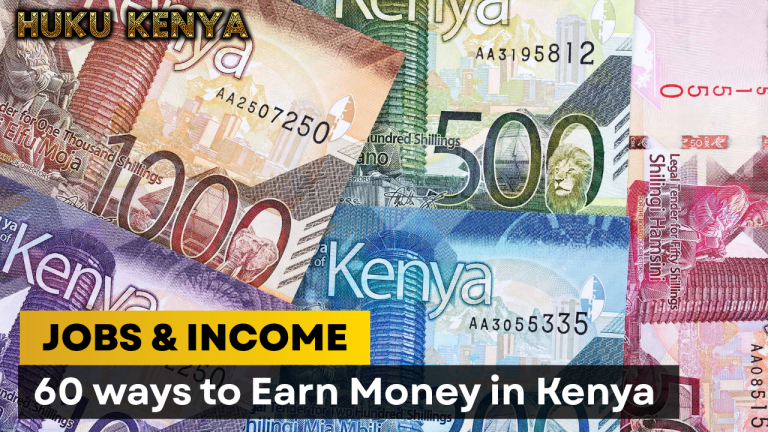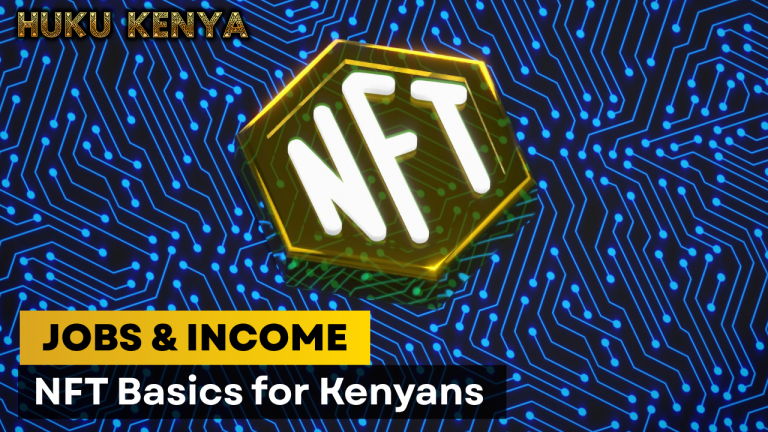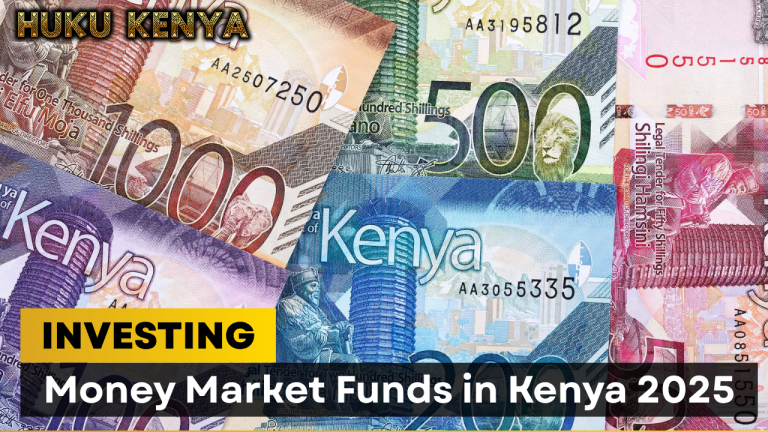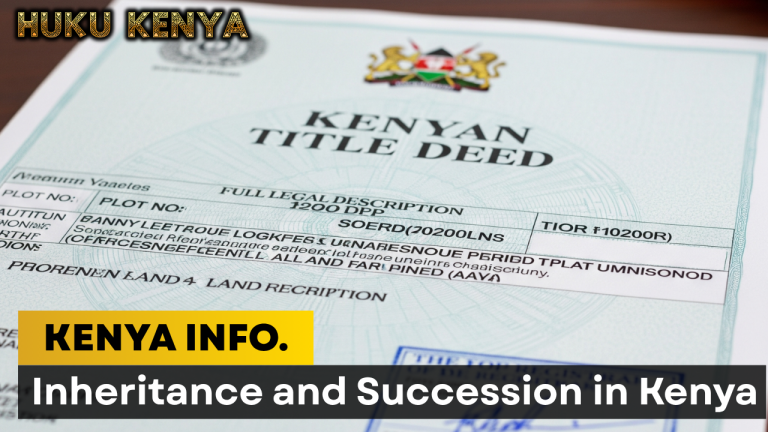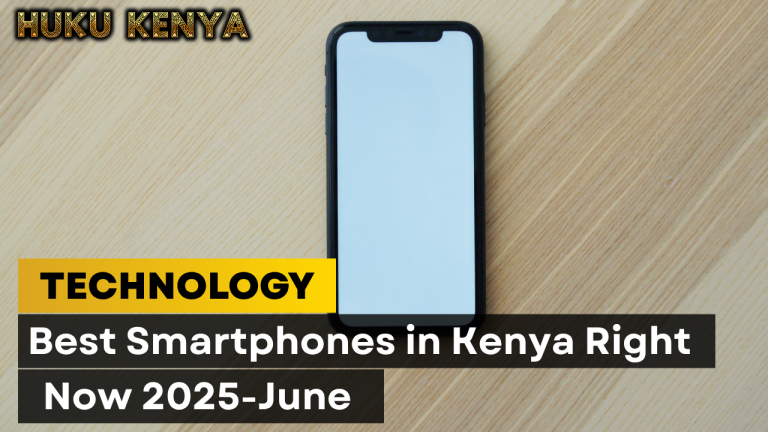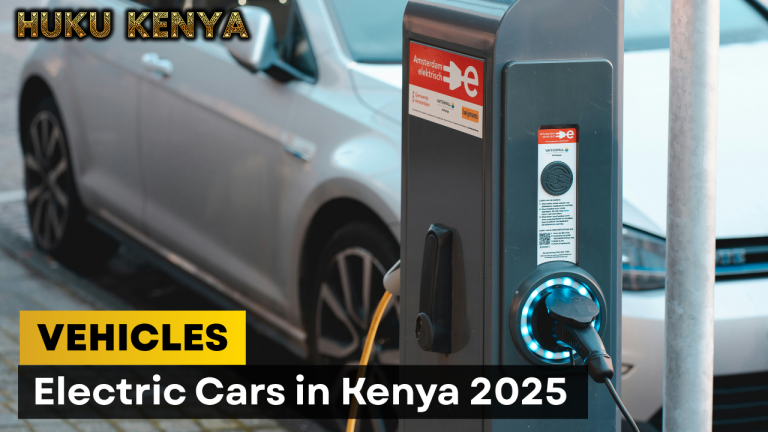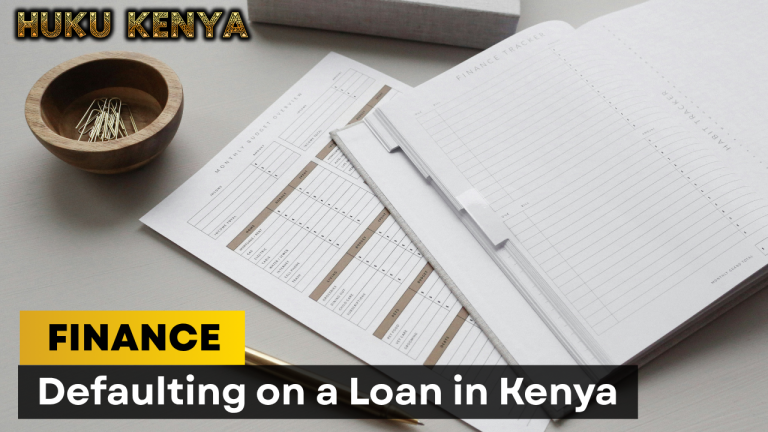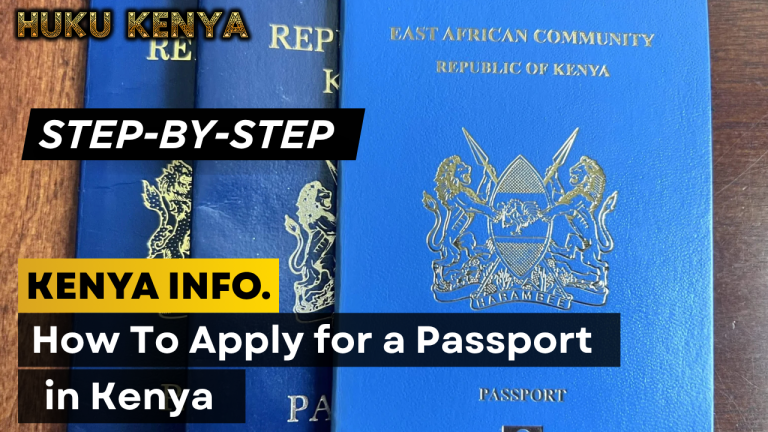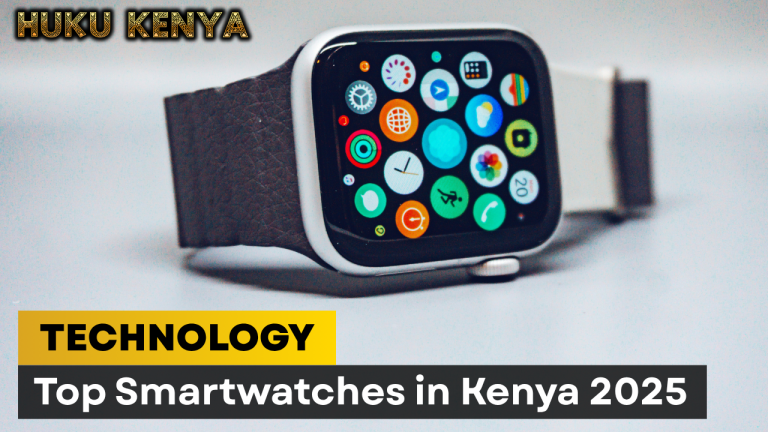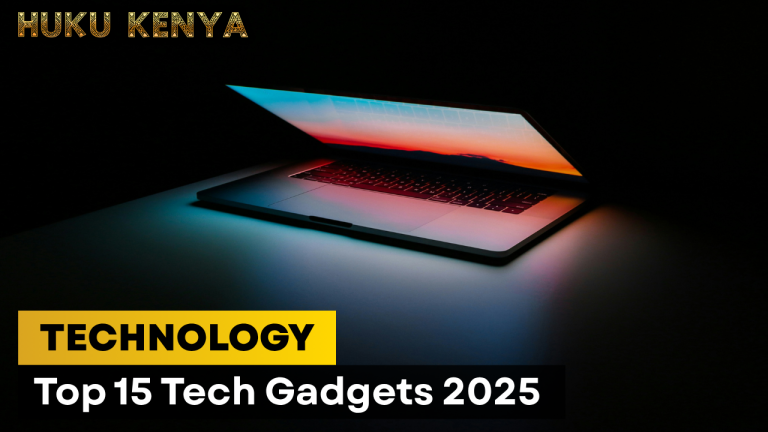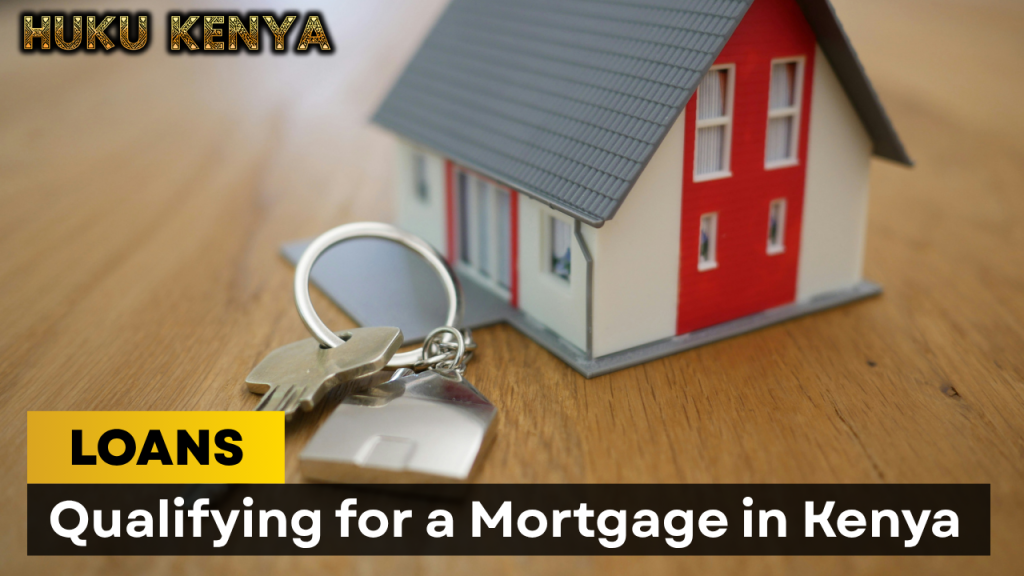
Income, Credit Score, and Deposit Requirements (2025 Guide)
Buying a home in Kenya is a dream for many—but with rising property prices, most people need a mortgage to make it happen. In 2025, banks, SACCOs, and microfinance institutions offer a range of mortgage products, but qualifying for one requires preparation, paperwork, and financial discipline.
This guide walks you through the step-by-step process of qualifying for a mortgage in Kenya, especially if you’re a first-time homebuyer.
1. Understand What a Mortgage Is 🏠
A mortgage is a long-term loan used to buy property, where the home itself acts as collateral. You repay the loan over 5–25 years, with interest. If you default, the lender can repossess the property.
2. Basic Eligibility Requirements ✅
To qualify for a mortgage in Kenya, you typically need:
- Stable Income
- Employed: 3–6 months of payslips, employer letter
- Self-employed: 12 months of bank statements, audited accounts
- Good Credit History
- Clean record with CRB (Credit Reference Bureau)
- No recent loan defaults
- Deposit (Down Payment)
- Usually 10%–20% of the property’s value
- Age Limit
- Between 21 and 60 years
- Loan term must not exceed retirement age
- Kenyan Citizenship or Legal Residency
- Foreigners must show valid work/residence permits
3. Step-by-Step Mortgage Qualification Process 🧾
Step 1: Assess Your Financial Readiness
- Use mortgage calculators from banks like KCB, Absa, or NCBA
- Review your income, expenses, and debt-to-income ratio
Step 2: Get Pre-Qualified
- Some lenders offer soft checks to estimate how much you can borrow
- Doesn’t affect your credit score
Step 3: Choose a Lender
Compare:
- Interest rates (fixed vs variable)
- Loan tenure (5–25 years)
- Processing fees and penalties
Top lenders include:
- Housing Finance Corporation (HFC)
- KCB Bank Kenya
- Absa Kenya
- NCBA Bank
- Stanbic Bank
- Co-operative Bank
Step 4: Submit Your Application
Documents required:
- National ID or passport
- KRA PIN certificate
- Bank statements (6–12 months)
- Payslips or business registration docs
- Sale agreement or offer letter
- Title deed (for construction loans)
Step 5: Property Valuation & Legal Checks
- Bank arranges valuation to confirm property value
- Legal due diligence on ownership and encumbrances
Step 6: Mortgage Approval
- You’ll receive a loan offer letter with:
- Interest rate
- Monthly repayment
- Insurance requirements
Step 7: Disbursement
- Funds sent to seller or developer
- You begin monthly repayments
4. Tips to Improve Your Chances 💡
- Save for a larger deposit to reduce loan amount
- Clear existing debts to improve your credit score
- Avoid CRB blacklisting
- Choose properties with clean titles and good resale value
- Use a mortgage broker to compare options and package your application
5. Common Mistakes to Avoid ❌
- Overborrowing beyond your income
- Ignoring hidden costs (insurance, stamp duty, legal fees)
- Skipping legal checks on the property
- Not comparing lenders—rates vary widely
6. Current Mortgage Interest Rates in Kenya (2025 Snapshot)
| Lender | Estimated Rate (Per Annum) |
|---|---|
| Access Bank Kenya | 11.46% |
| Standard Chartered | 15.28% |
| Stanbic Bank Kenya | 15.36% |
| Equity Bank Kenya | 16.07% |
| KCB Bank Kenya | 16.84% |
Rates vary based on loan type, tenure, and borrower profile.
Final Thoughts
Qualifying for a mortgage in Kenya is achievable with the right preparation. Whether you’re salaried, self-employed, or a diaspora buyer, understanding the process and meeting the requirements can bring you closer to owning your dream home.

